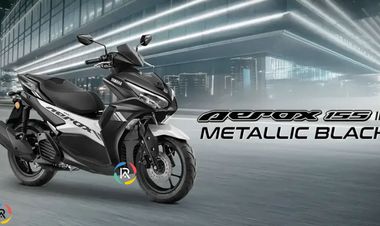Geneva, Switzerland-STMicroelectronics has introduced step-down synchronous DC/DC converters for automotive applications that offer space-saving benefits and easing integration across various uses like body electronics, audio systems, and inverter gate drivers.
The A6983 converters offer versatile design options, featuring six non-isolated step-down converters with low power consumption and low-noise variants. Additionally, A6983I isolated buck converter, which integrates compensation circuitry on-chip, reducing the need for numerous external components like filtering, feedback, and a transformer.
The A6983 converters, lacking isolation, can deliver a load current of up to 3A. Operating at full load, they achieve a typical efficiency of 88%. The A6983C variants, optimized for low consumption, operate efficiently with minimal output ripple under light loads, effectively minimizing drain on the car battery. These versions are well-suited for applications that stay active even when the vehicle is parked.
The A6983N variations, which have low noise levels, ensure consistent switching frequency and minimize output ripple across the load spectrum. This makes them ideal for applications such as powering audio systems, where optimal performance is desired. Both variations offer flexibility in voltage selection, allowing users to choose between 3.3V, 5.0V, and a variable output voltage ranging from 0.85V to the input voltage (VIN).







